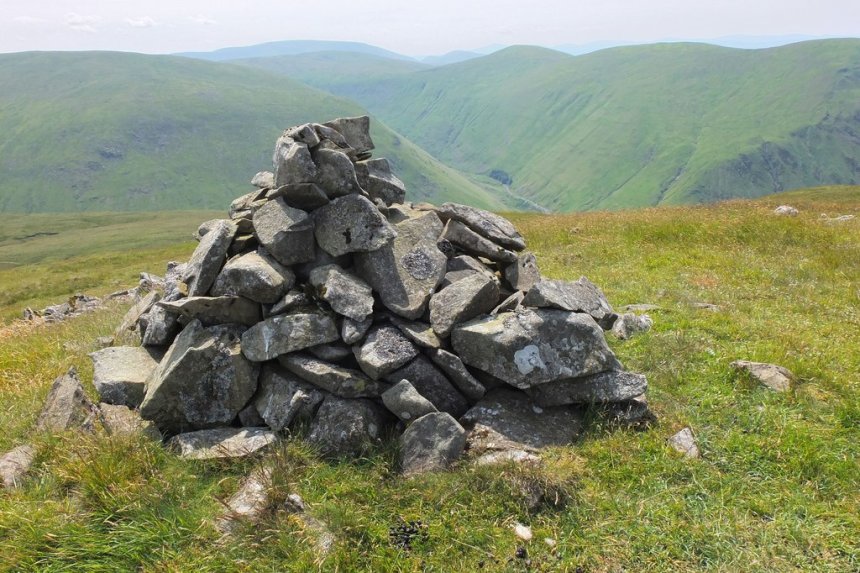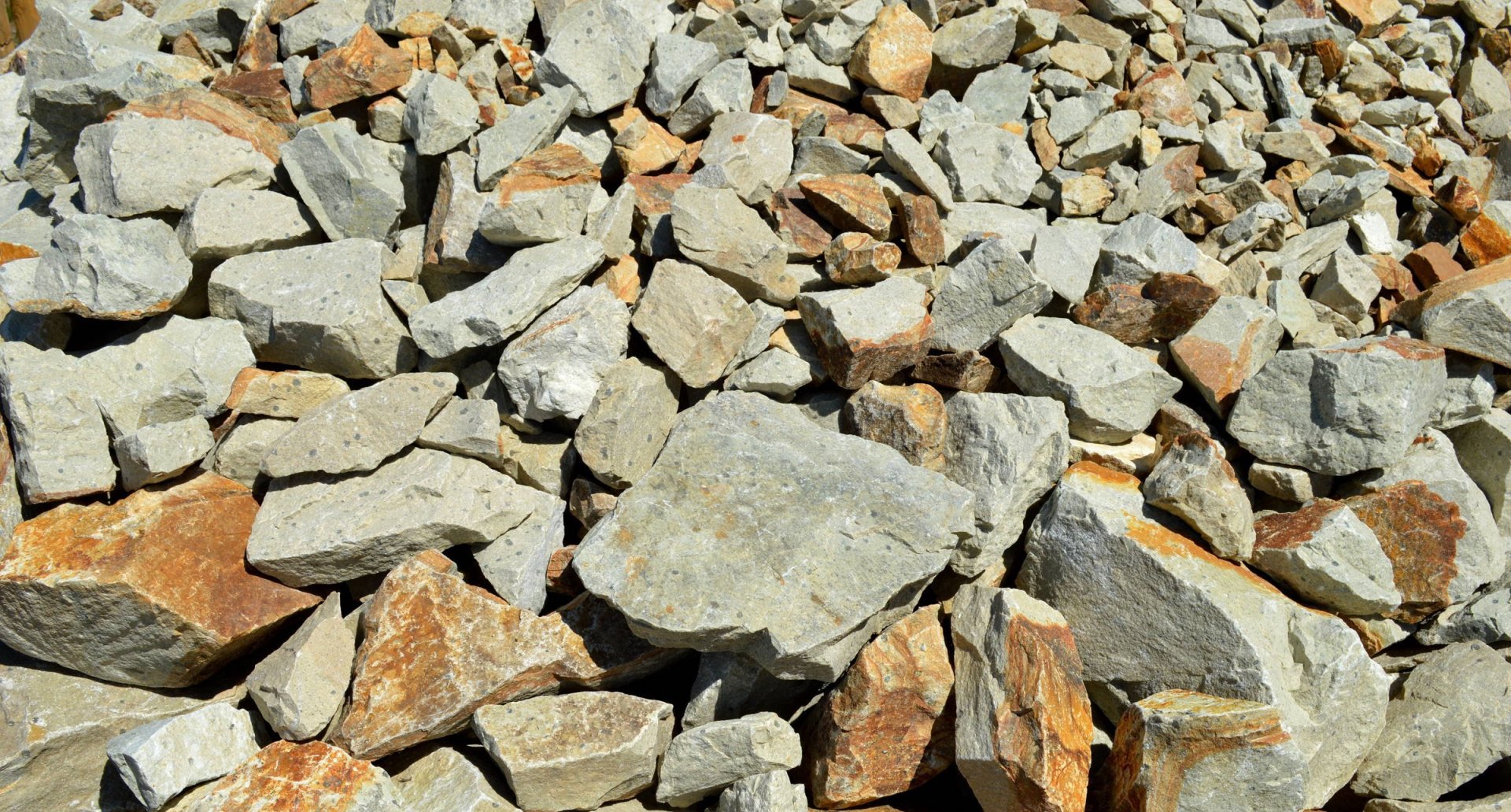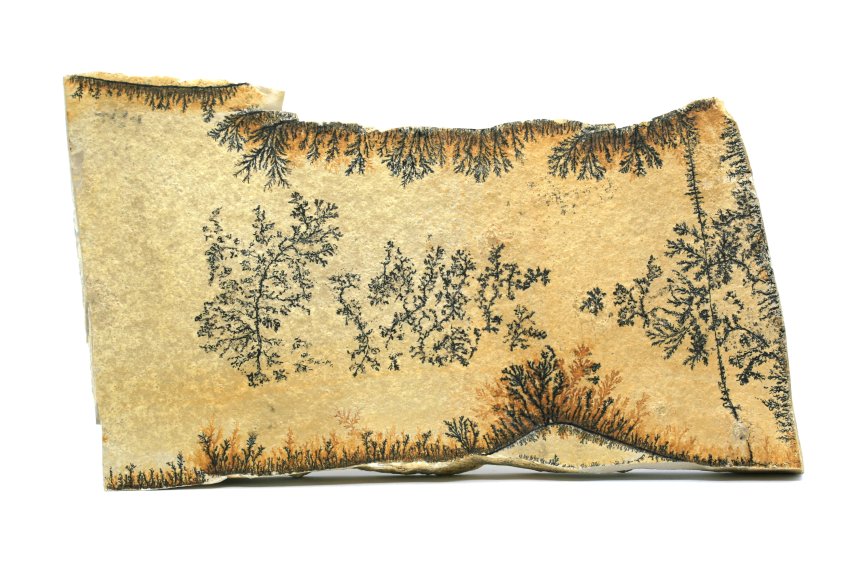Stone : aplite
Type : microcrystalline magmatic rock
Age : between 360 and 300 million years
Quarry : Goasq, Scrignac (Finistère)
Light-Colored and Very Fine
The aplite from Goasq is a light-colored magmatic dike rock, composed mainly of quartz and feldspars. These minerals are very fine-grained. Generally speaking, the size of minerals in igneous rocks depends on how quickly the magma cools—the faster the cooling, the smaller the minerals. That is the case with aplite. Occasionally, it is speckled with small manganese spheres visible to the naked eye.
A Pavement That Holds Up
Aplite is highly resistant to impact and wear, making it a top-choice material for road construction. Additionally, its ochre-beige color naturally reappears as the pavement wears down, causing the roadway to lighten. The quarry, in operation since 1976, provides gravel for asphalt production—but not enough to supply France’s road network, which totals over one million kilometers!
Cairn
A cairn is an artificial mound of stones built by humans to mark a specific place. It serves various purposes: to indicate a path or summit, or to mark a commemorative or religious site. In the Neolithic period, people would pile stones over tombs to protect the deceased and deter grave robbers and scavengers.

Manganese Dendrites
In this aplite, it’s not uncommon to find tree-like structures in ancient natural fractures of the rock, which might be mistaken for ferns or fossilized plant imprints. But they’re not. These fractal mineral shapes are dendrites (from the Greek dendron, meaning "tree") of manganese and iron.

